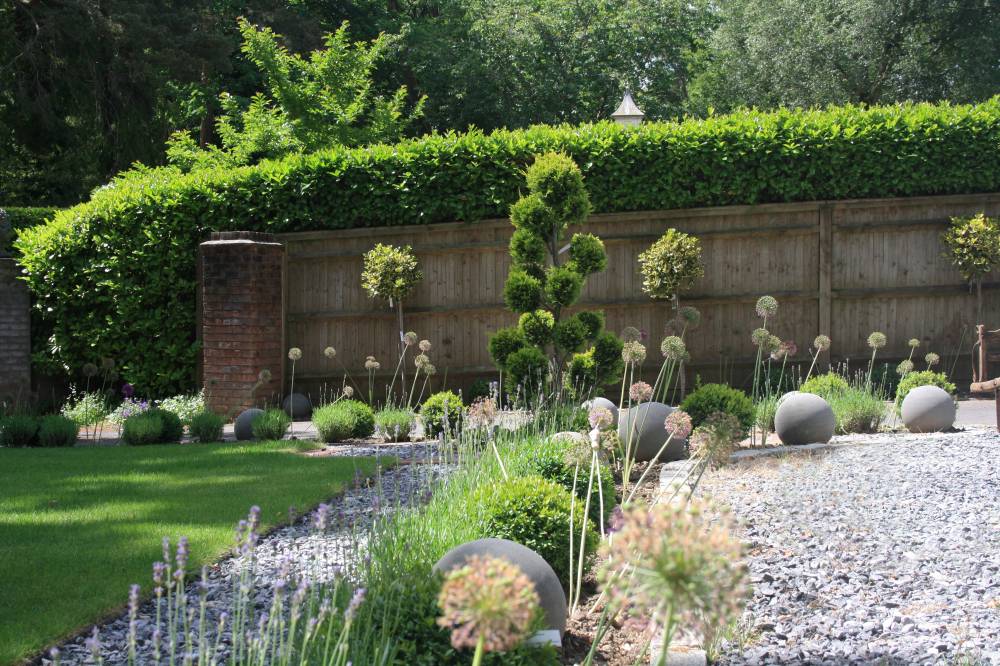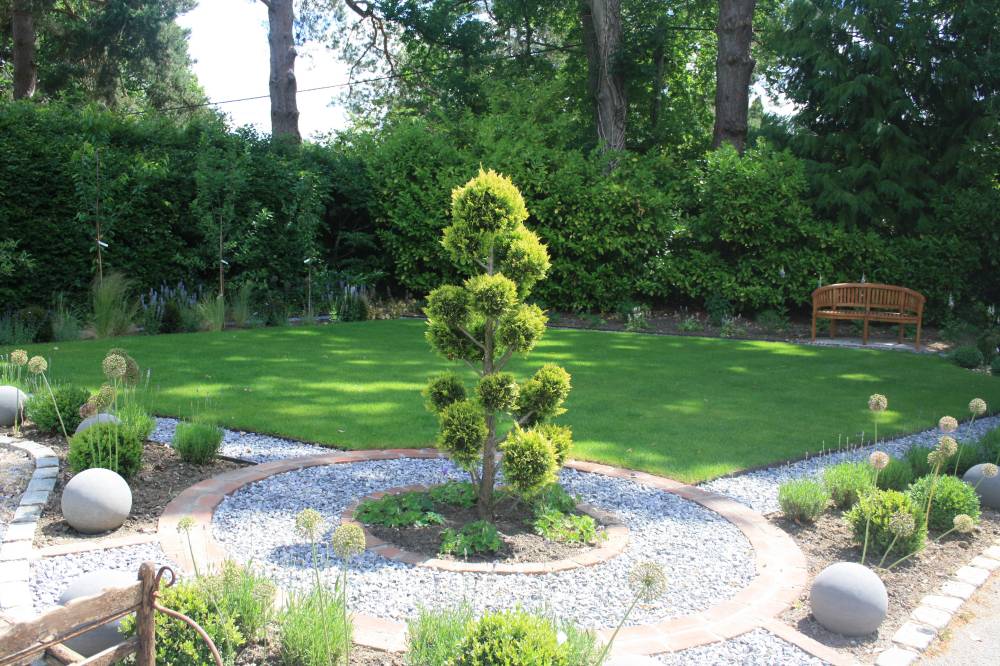Designing with plant shape and form
Considering the shape and form of plants is essential for any good garden design. Here we look at how plant shapes can be used in different ways to create brilliant effects.
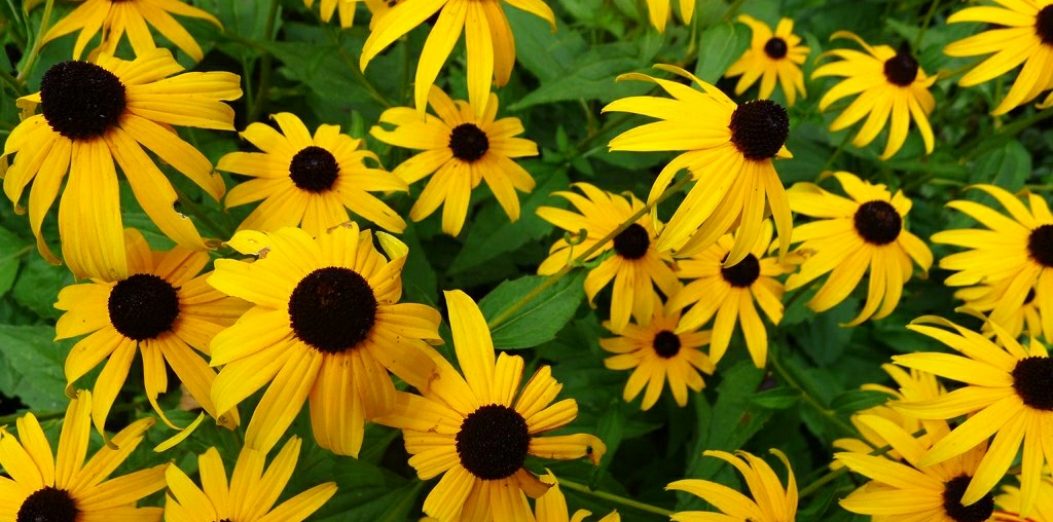
It’s easy to get caught up in colour combinations when thinking about new plants for your garden, and whilst colour is obviously important, it’s not the only aspect to think about. The shape and form of the plants is central to any good design because it adds more permanent visual interest than seasonal colour. Form is what you see when first looking at a border from a distance – the shape of the trees and shrubs on the skyline for example, or the forms of key accent plants. Personally, it is the shape and form of plants that gives me an immediate impression of a planting scheme as shapes can change the look of the border even if the colour scheme stays the same.
Every plant has a distinct habit, shape and size that develops and changes as the plant matures. These shapes can divide and define the spaces in the border. So lets start by looking at some basic flower shapes and thinking about their effects:
Dramatic Flower shapes
Some forms are more dramatic than others and so attract attention and add punctuation points throughout a border. Examples of these are the trumpet shaped flowers such as Hemerocallis, the globed accents of Alliums or the spikes of Kniphofia.
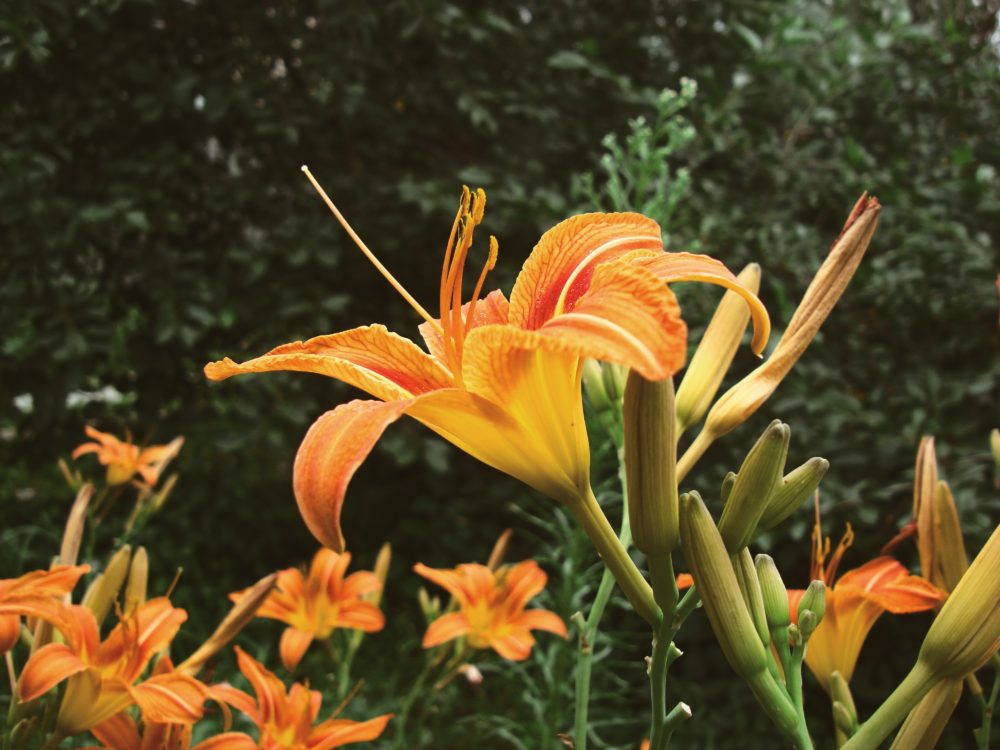
Hemerocallis 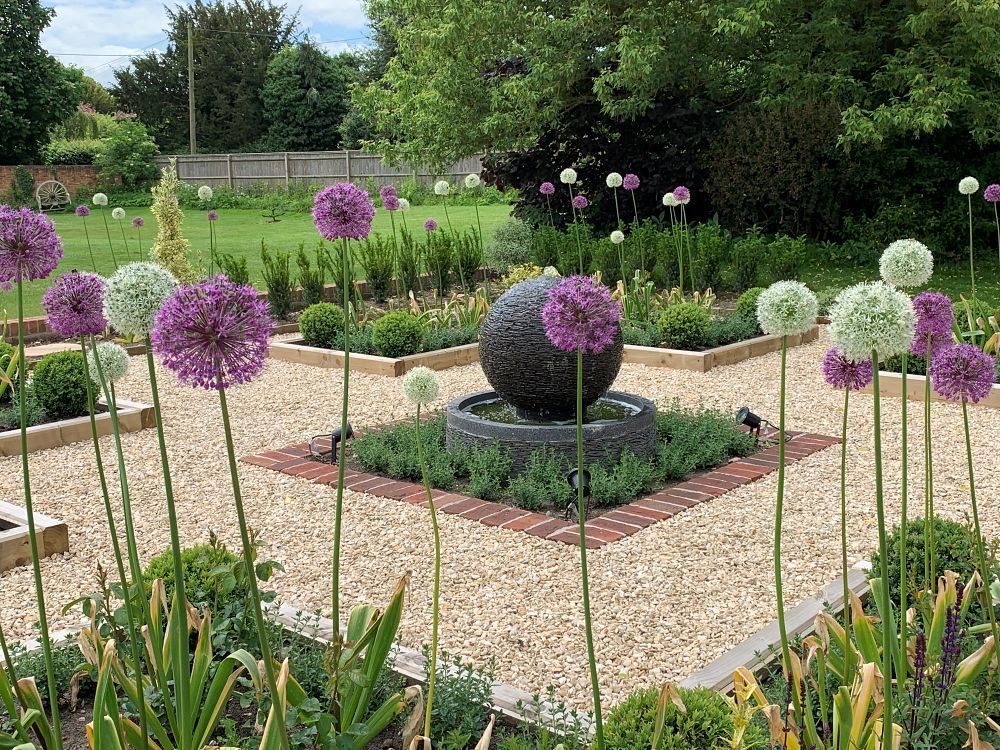
Alliums 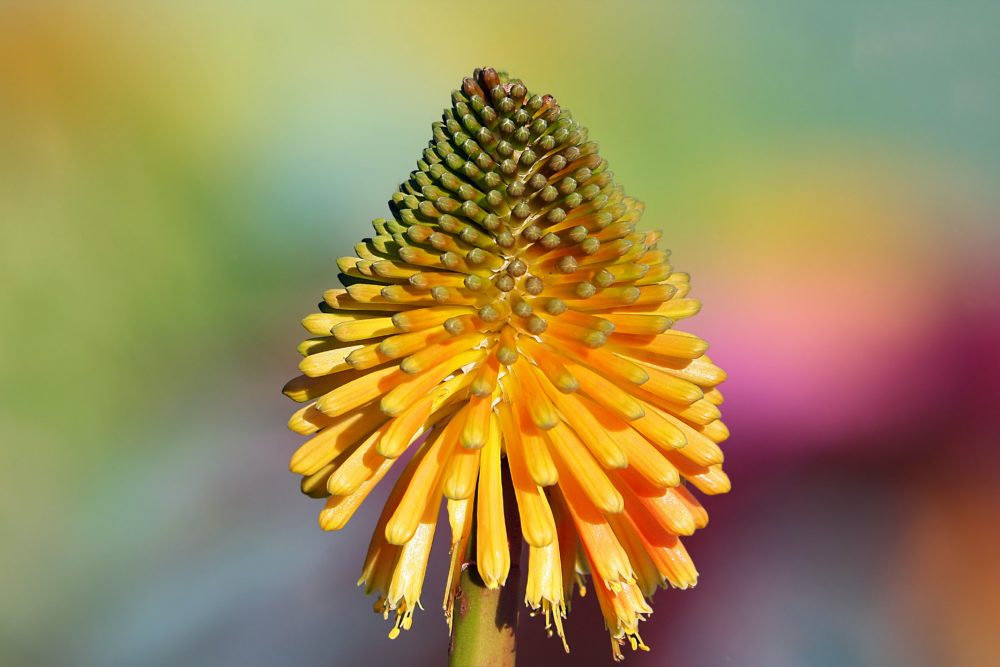
Kniphofia
Subtle Flower Shapes
Other forms can be used in more subtle ways such as the classic ‘daisy’ shapes which give a natural look, the ‘umbrella’ ‘flat-headed’ shapes such as Achillea or Sedum which give the eyes a place to rest or the ‘plume’ or ‘filler’ shapes such as Astilbe, which provide great transition between accent shapes.
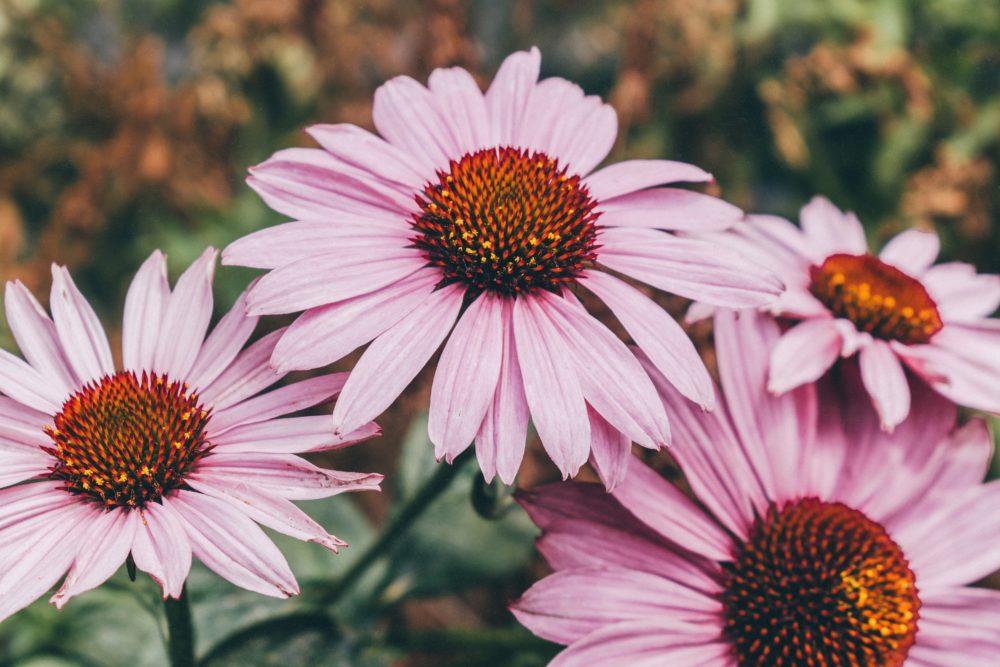
Echinacea 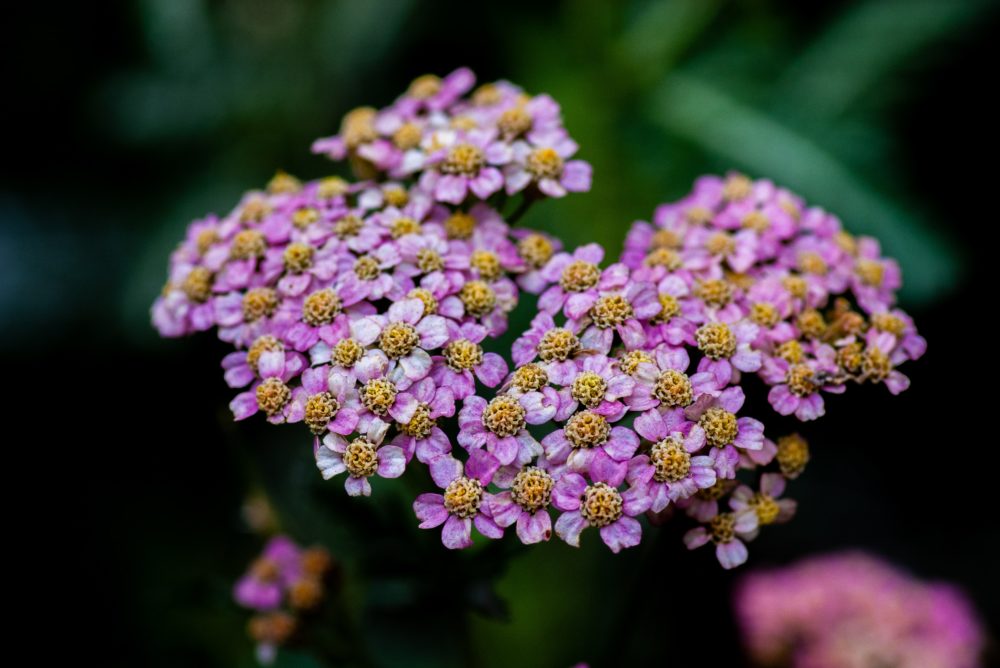
Achillea 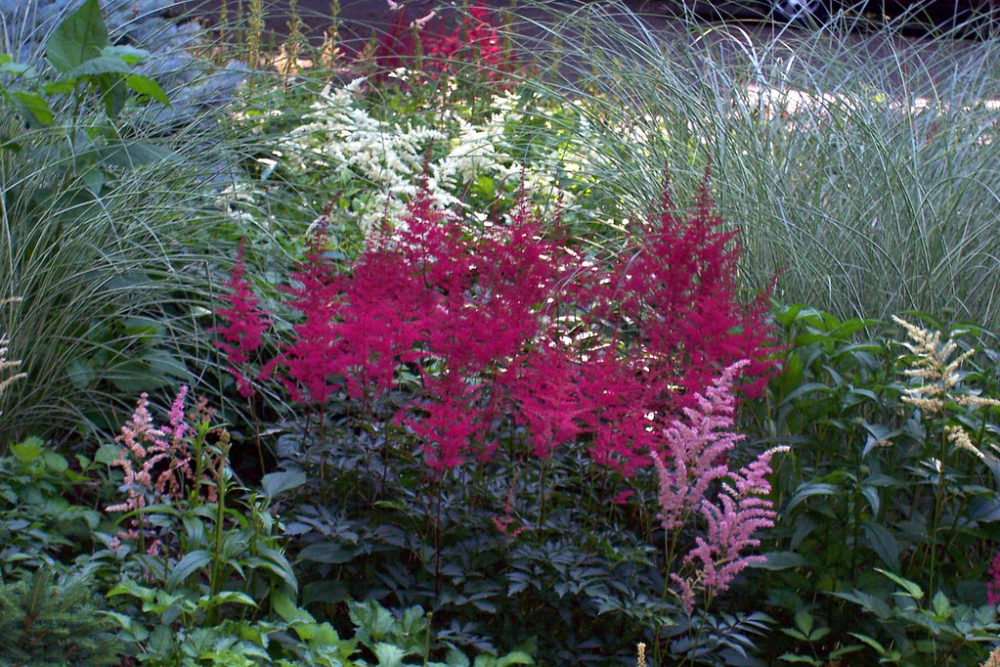
Astilbe
Shrubs
So how can shrub forms be used in your garden design?
- To block a view
- To open a sightline
- To alter a view
- As a focal point
- To add definition and stability to a border
- To create rhythm and repetition
- To unify a border
When selecting your chosen form, its all about looking for what you want to achieve in the first place.
The form of the plants selected, and their placement are critical to creating dynamic spaces and pleasing lines, for example, round forms such as pittosporums add definition and stability to a mixed border and a series of mounded forms creates an undulating rhythm.
Planting too many different shapes will keep your eye moving throughout the entire garden and provide variety and interest, however you do need to be careful here, as too much variety can just create a confusing jumble! To prevent the jumble effect, try repeating one particular shape throughout the garden or border to bring back a sense of unity. The easiest and recognizable way to do this is to use topiary such as a rows of lollipop trees or clipped topiary shapes amongst other plants.
Trees
Trees are an easy and simple way of adding shape and form to a garden design and can give maximum impact. Whether that is highlighting an existing tree with an underplanting of shrubs or adding a new tree as a specimen. From an avenue of trees along a driveway or a singular multi-stem specimen, no matter the size of your space there is a suitable tree that can be incorporated to add strong form and architectural shape to any design.
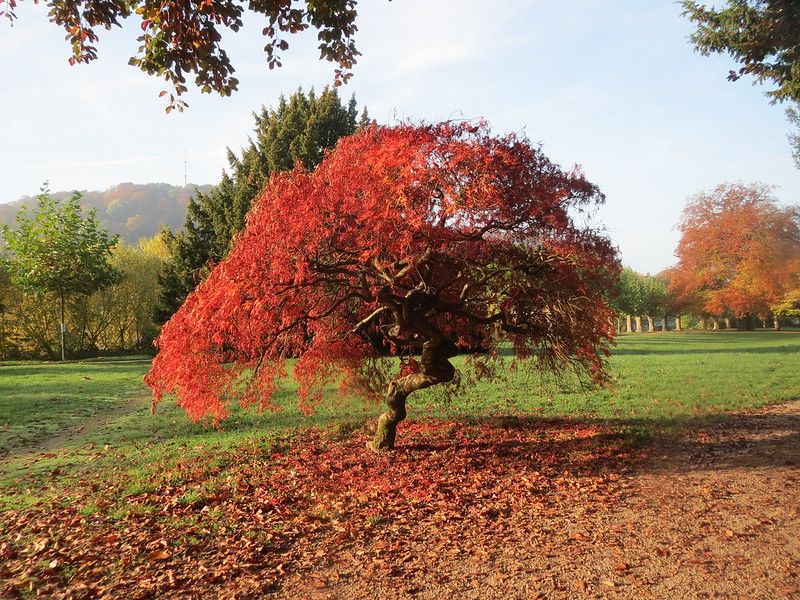
Acer palmatum (Japanese maple) 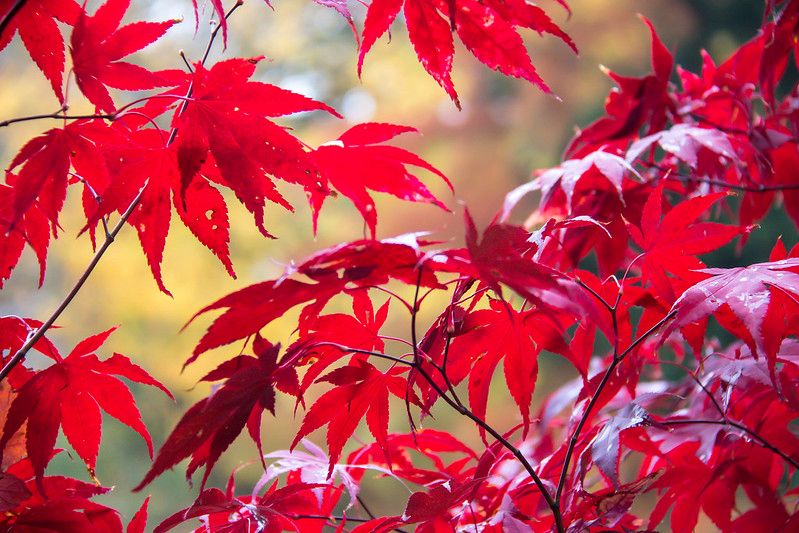
Acer palmatum (Japanese maple)
So next time you are thinking about which plants to choose for your garden, remember to think beyond the colour scheme and consider the shape and form of your plants – you’ll be amazed by the effects you create!
Photo Credits: “Rudbekia” by Lori L. Stalteri is licensed under CC BY 2.0; Ilja Frei; ALDA Landscapes; Manuel Torres Garcia; Achillea: Yoksel Zok; Khara Woods; “Astilbe” by hartjeff12 is licensed under CC BY 2.0; ALDA Landscapes; ALDA Landscapes; Andreas Rockstein, Susanne Nilsson.
